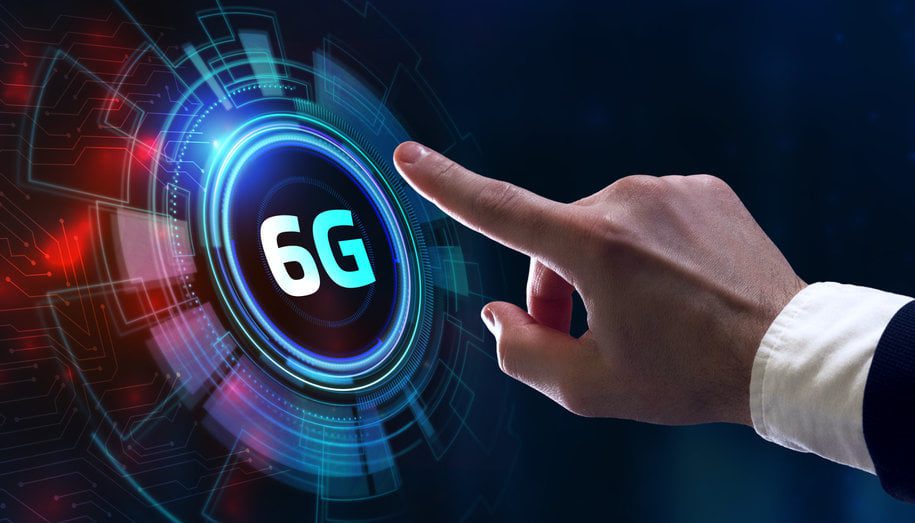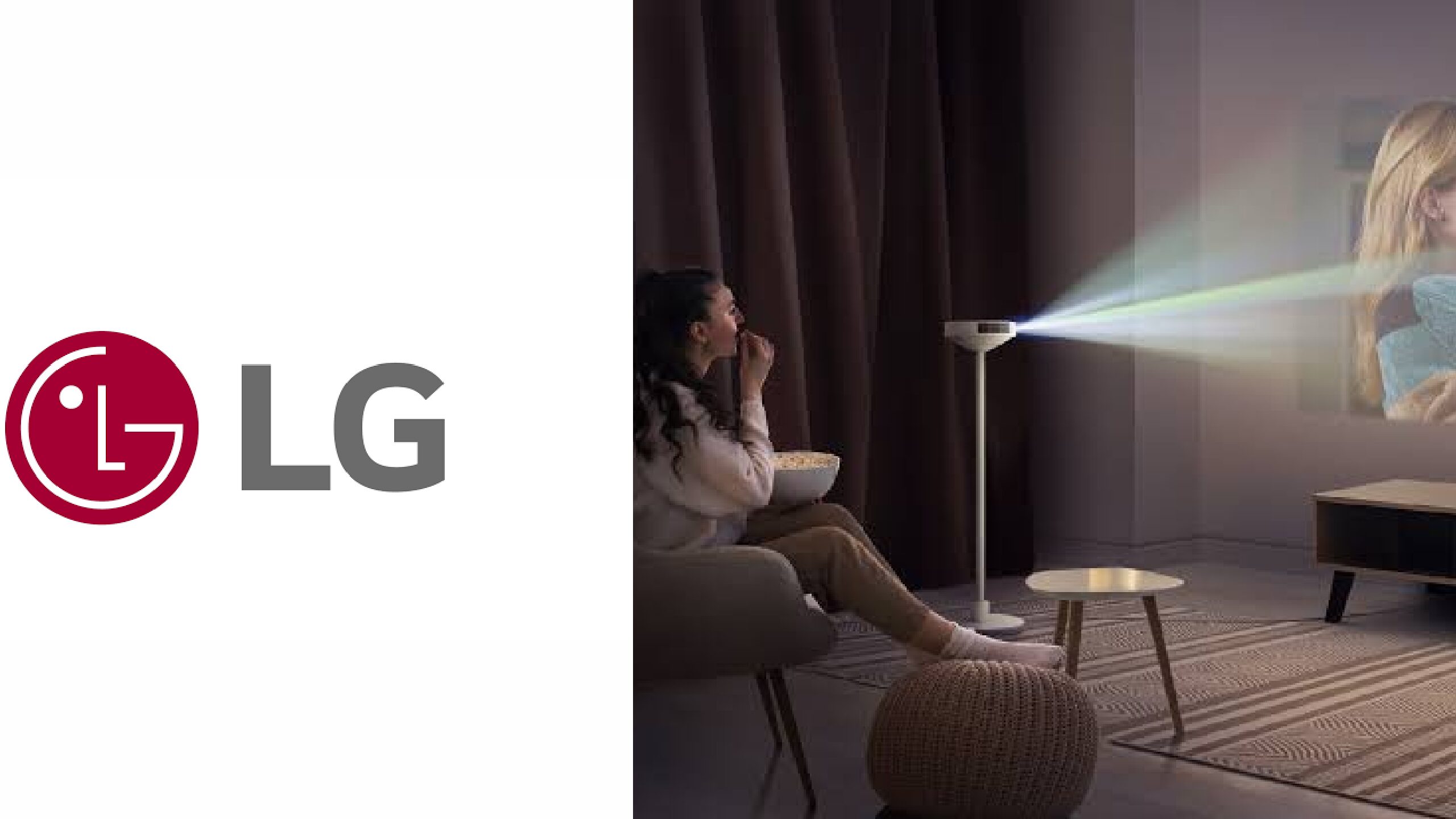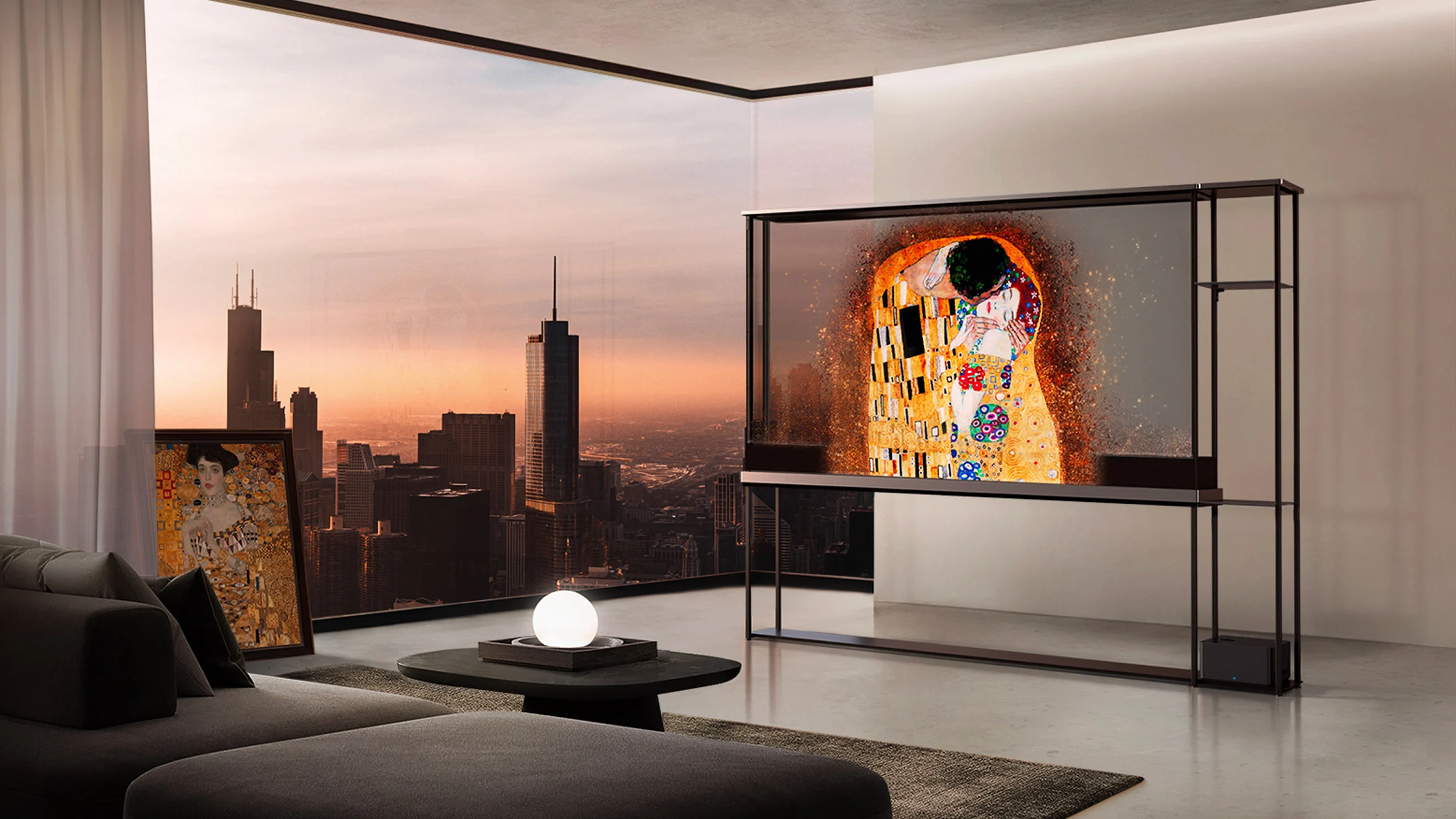For many customers, 5G is still a long way off, but some companies have already started researching and building the next generation of wireless networks, 6G. It would appear that LG is now in the lead in this competition.
The company recently said that it had successfully tested the wireless transmission and reception of 6G terahertz (THz) data from 155 to 175 GHz over a distance of 320 meters.
LG first test
On September 7, the South Korean business conducted the test at the Fraunhofer Heinrich Hertz Institute (HHI) in Berlin, Germany. LG says that the base stations for urban macro cells have a reference cell coverage of about 250 meters outside. So, this is a very important step toward making 6G THz commercially available indoors and outdoors in cities. Urban macro cell base station coverage is approximately 250 metres.
The 6G technology has a restricted range because it operates on ultra-wideband frequencies. Additionally, the transmission and reception of data using this technology can result in a loss of power. To solve these problems, LG, Fraunhofer HHI, and the Fraunhofer Institute for Applied Solid State Physics (IAF) worked together to create a power amplifier that can improve transmission strength and a receiver low-noise amplifier that can improve the quality of incoming signals. LG created these amplifiers.
In the most recent demonstration, LG and Fraunhofer HHI & IAF used a multi-channel amplifier with an output of more than 20 dBm. This is an improvement of more than 5 dBm over the previous solution. This makes it good for making ICs (integrated circuits) in the future and makes it easier to move from research and development to make it available to the public. The receiver also had a low-noise amplifier during the reception, significantly reducing the noise.
Read also: Content Creators Can Now Earn with Tiktok Pulse
LG’s most recent module design uses these new technologies. This makes it suitable for making ICs (integrated circuits) in the future and makes it easier to move from research and development to making it available to the public.
Dr Kim Byoung-hoon, LG Electronics’ chief technology officer and executive vice president, stated that the company is one step closer to achieving 6G speeds of 1 terabit (TB) per second in both indoor and outdoor urban areas as a result of the success of their most recent demonstration.
“LG will continue to work with research institutes and industry leaders to strengthen its position as a leader in 6G technology.” We think 6G will be a big part of businesses’ future growth and bring about exciting new user experiences. We’d rather be at the forefront of its development than anywhere else.
The results will be shared with the public soon
The company has said that at the upcoming 6G Grand Summit, which will take place on September 23 at the LG Science Park in Seoul, it will share the full results of its most recent 6G communications test and give an overview of how the technology has changed up to this point. The company also said that it would give an overview of how the technology has changed up to this point.
Together with the Korea Advanced Institute of Science and Technology (KAIST) and the Korea Research Institute of Standards and Science (KRISS), the event will take place.
It is clear that this technology will take a long time to develop. In fact, it will be a few years before we even start talking about the 6G standards, and most of us probably won’t be able to use it until at least 2030. The data transfer speeds of 6G wireless networks will be far better than those of 5G wireless networks, and they will also have lower latency and improved reliability.
About LG
LG Electronics, Inc. is a multinational electronics corporation founded in South Korea and has its headquarters in the Yeouido-dong neighbourhood of Seoul. The chemical and battery sectors of LG Corporation are known as LG Chem. LG Electronics is a subsidiary of LG Corporation, the fourth largest corporation in South Korea. LG Electronics is frequently regarded as the crown jewel of LG Corporation.
It contains four business units: home entertainment, mobile communications, home appliances and air solutions, and automotive components. LG Electronics bought Zenith in 1995 and owns most of LG Display, which will be the largest display company in the world by revenue in 2020. Aside from that, LG Electronics is the second largest TV maker in the world, right behind Samsung Electronics. The corporation runs 128 different locations all around the world and employs 83,000 people in total.
















